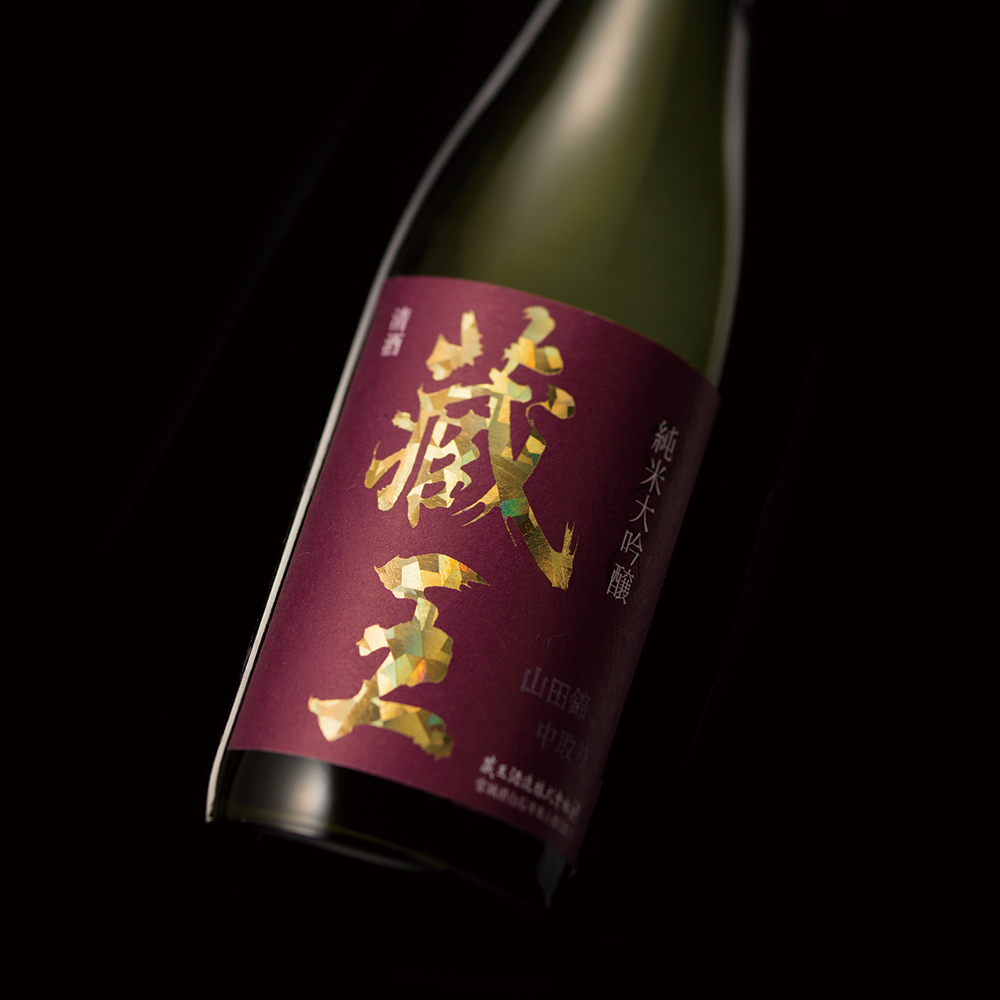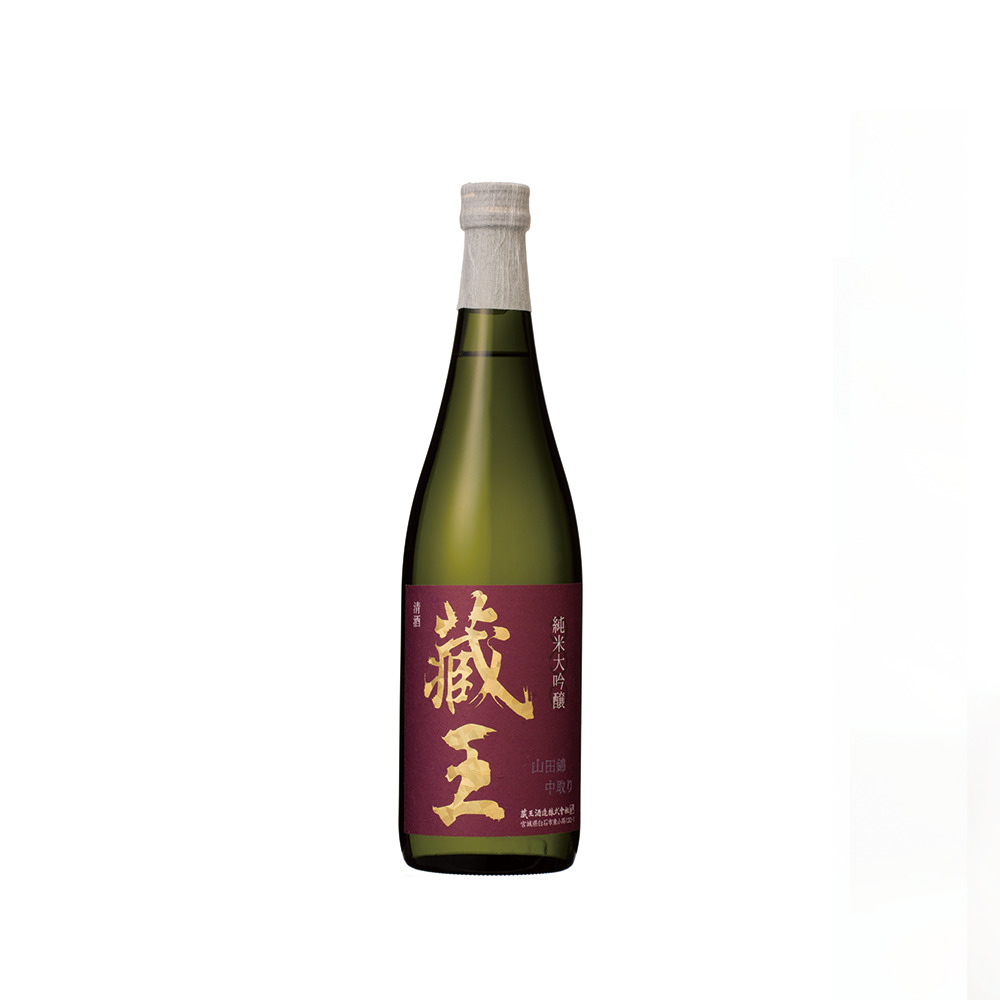-
 >
>
- Product list >
- Zao K Junmai-daiginjo Nakadori (720ml)
Zao K Junmai-daiginjo Nakadori (720ml)
詳しく見る
- *All prices shown are the product prices from the Japanpage:.
- *Product price can be shown in multiple currencies as reference values.
- *Payment should be made in Japanese yen.
- *After filling in delivery address, grand total (product price + shipping cost (packing + shipping + insurance) +tariffs & taxes) will be shown on the shipping cart page.
- *All prices shown are the product prices from the Japanpage:.
- *Product price can be shown in multiple currencies as reference values.
- *Payment should be made in Japanese yen.
- *After filling in delivery address, grand total (product price + shipping cost (packing + shipping + insurance) +tariffs & taxes) will be shown on the shipping cart page.
This "Zao K Jumai-Daiginjo (720ml)" , made by a group of young master sake brewers that was highly regarded for hand-making the sake at the world's biggest Sake competition, is a Junmai Daiginjo made with "Yamadanishiki" from Hyogo Prefecture, considered to be the king of Sake, and refined to 40%. The rice used to make the sake was separated into batches and only 10 kilograms' worth of the rice is washed every time, thereby ensuring that the raw material is thoroughly processed. "Nakadori" is what we call the quality sake that comes out in the middle of squeezing "moromi", the source of Sake. This product contains only the nakadori from Junmai Daiginjo. This is an off-flavor-free, superb sake with an excellent taste, with an elegant, plump taste, great fragrance, and a good aftertaste. This sake is an outstanding sake from the K (Kokoro) series, which has been highly regarded at global sake competitions.
Pairing food proposed from Vendor
Moderately fatty meat dishes such as roast beef
About "K(kokoro)"
Brewing with all our heart, overseeing production with all our heart, and delivering products with all our heart: The brewery's signature series is headlined by the letter "K," which stands for "kokoro" (or "heart" in Japanese). Produced by young brewers only in their 30s, this highly accessible sake is sure to be a crowd-pleaser that will put everyone in the perfect mood.
Recommended temperature
- Atsukan (50 - 55℃)
- Jokan (45 - 50℃)
- Nurukan (30 - 40℃)
- Room temperature (15 - 20℃)
- Hanabie (10℃)
- Yukibie (5℃)
Type


Tag
Appearance
-
Clarity
Transparency
Hazy
-
Colour
Colorless
Dark brown
-
Intensity
Water
Deep
Nose characteristics
-
Intensity
Low
Strong
Taste characteristics
-
Light / Body
Light
Body
-
Sweet / Dry
Sweet
Dry
-
Simple / Complexity
Simple
Complexity
-
Acidity
Low
High
-
Umami
Low
High
-
Finish
Low finish
Long finish
Aroma and flavor
Detailed information
| Volume | 720ml |
|---|---|
| Size (L W H) | 8.0 x 8.0 x 30.5 cm |
| Weight | 1.3kg |
| Ingredients | Rice, Rice koji, Water |
| Region | Hokkaido |
| Alcohol content | 16%vol. |
|
Sake Meter Value
|
- |
|
Acid level
|
- |
|
Polishing ratio
|
40% |









